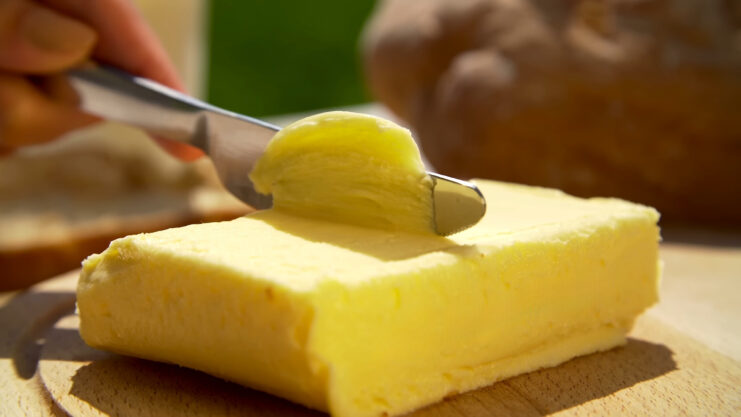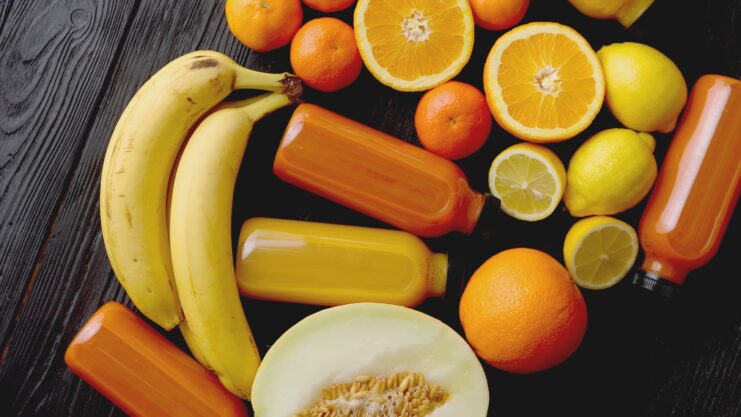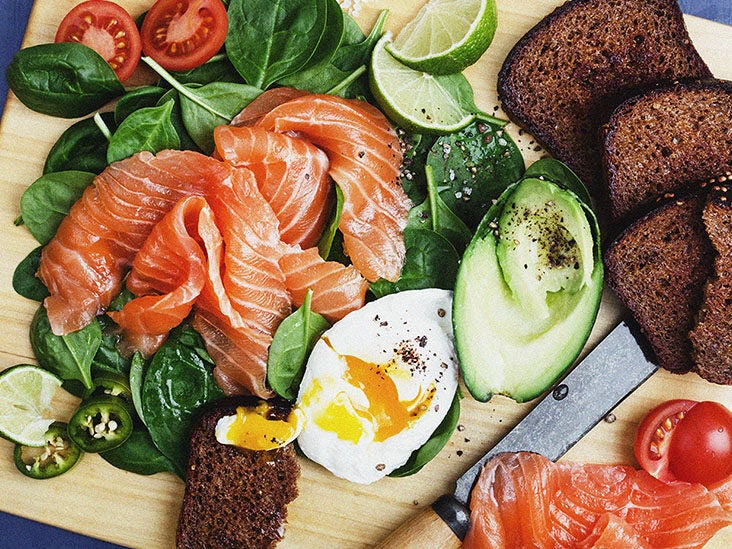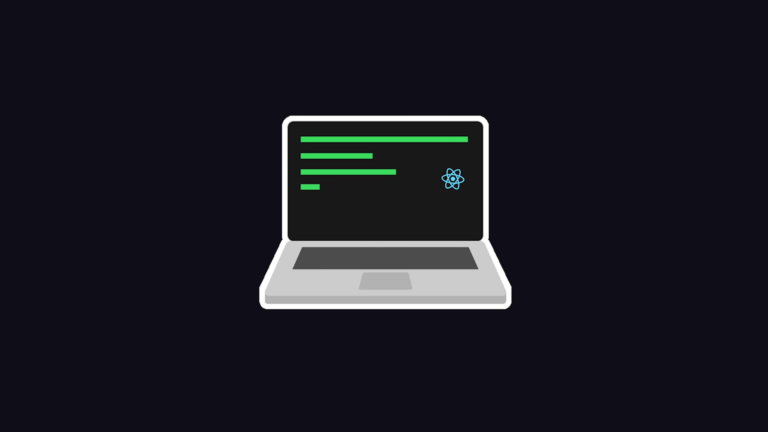Triglycerides are a type of fat found in our blood. Think of them as the oil in our bloodstream. Just like cholesterol, high levels of triglycerides can lead to a myriad of health issues. The silver lining? It’s much easier to manage triglycerides through diet than it is cholesterol. This article delves deep into the foods you should embrace and those you should avoid to maintain optimal triglyceride levels. Let’s dive in!
Triglycerides are the most common type of fat in the body. They come from foods, especially butter, oils, and other fats we consume. When we eat, our body converts any calories it doesn’t need to use right away into triglycerides. These triglycerides are stored in our fat cells and are released for energy between meals.
Why Should We Care?
High levels of triglycerides in the bloodstream have been linked to a greater risk for heart disease. They can also be a sign of metabolic syndrome — a combination of high blood pressure, high blood sugar, and too much fat accumulation around the waist.
It’s crucial to understand that while cholesterol builds up on the artery walls, triglycerides can lead to hardening of the artery walls, increasing the risk of stroke, heart attack, and heart disease.
Foods to Avoid for Low Triglycerides
The Culprits in Our Diet

- Saturated Fats: These are found in lard, hard margarine, coconut and palm oils, mayonnaise, and butter. They can raise your triglyceride levels and are best consumed in moderation.
- Fatty Meats: Items like bacon, ham, sausages, salami, and hamburger mince are high in unhealthy fats. Opt for leaner cuts or alternative protein sources.
- Dairy and Eggs: Whole milk, cream, sour cream, cheese, whole eggs, and egg yolks are high in saturated fats. It’s better to choose low-fat or non-fat dairy options and limit egg yolk consumption.
- Bakery and Fast Foods: Pies, pastries, cakes, doughnuts, biscuits, muffins, sweet rolls, cornbread, pancakes, waffles, French toast, fried chicken, chips, and pizza are often loaded with unhealthy fats and sugars.
- Nuts and Sweets: While some nuts are healthy in moderation, cashews, macadamia nuts, roasted nuts, Brazil nuts, peanuts, and peanut butter can be high in unhealthy fats. Also, limit the consumption of sweets like chocolate, toffees, and desserts containing fat or egg yolk.
Beverages and Cooking Methods to Be Wary Of

- Beverages: Malted milk, chocolate drinks, and excessive alcohol can spike your triglyceride levels. It’s essential to consume them in moderation or opt for healthier alternatives.
- Cooking Methods: Frying and roasting in fat can add unnecessary and unhealthy fats to your meals. Instead, try healthier cooking methods like baking, boiling, grilling, stewing, and steaming.
Foods to Embrace for Low Triglycerides

Healthy Fats and Proteins
- Polyunsaturated Fats: These are found in polyunsaturated margarine, salad dressings, and vegetable oils such as olive, corn, soya bean, and sunflower oil. They can help lower bad cholesterol levels and are beneficial for heart health.
- Lean Meats: Opt for lean pork, beef, lamb, and ham. These cuts have less saturated fat and are better for your heart and triglyceride levels.
- Poultry and Seafood: Chicken and turkey (without skin) and fresh fish are excellent sources of lean protein. They’re not only delicious but also beneficial for heart health.
Dairy, Grains, and Beverages
- Dairy: Choose low-fat milk, skim milk, cottage and ricotta cheese, and non-fat yoghurt. These options provide the calcium and protein you need without the added saturated fats.
- Grains: Whole wheat, rye or white bread, saltines, graham crackers, rice, pasta, cereals, noodles, and oats are excellent sources of energy and are heart-healthy.
- Beverages: Opt for drinks like tea, coffee, unsweetened fruit juices, and diet soft drinks. They’re refreshing and don’t add unnecessary sugars or fats to your diet.
The Power of Fruits and Vegetables

Nature’s Bounty for Heart Health
Fruits and vegetables are nature’s gift to us. Packed with vitamins, minerals, fiber, and antioxidants, they play a pivotal role in maintaining optimal health. Consuming a variety of fruits and vegetables can help reduce the risk of many diseases, including heart disease, which is closely linked to triglyceride levels.
- Fruits: Whether it’s the refreshing watermelon, the sweet mango, or the tangy berries, fruits are a treasure trove of nutrients. They provide essential vitamins and minerals, such as vitamin C, potassium, and folate. Plus, they’re rich in dietary fiber, which can help lower blood cholesterol levels and reduce the risk of heart disease.
- Vegetables: From the crunchy carrots to the leafy greens, vegetables are equally beneficial. They are low in fat and calories and do not contain cholesterol. Moreover, they are rich in dietary fiber, vitamin A, vitamin C, potassium, and many other nutrients.
Incorporating Them into Your Diet
It’s not just about eating fruits and vegetables; it’s about incorporating them into your daily meals creatively. Here are some tips:
- Smoothies: Blend your favorite fruits with low-fat yogurt or almond milk for a delicious and nutritious smoothie. You can even sneak in some spinach or kale for an added health boost.
- Salads: Mix various vegetables, throw in some grilled chicken or tofu, sprinkle some seeds or nuts, and drizzle with a dressing made from olive oil and lemon juice. Voila! A heart-healthy meal is ready.
- Snacks: Instead of reaching for chips or cookies, snack on carrot sticks, cucumber slices, or a bowl of mixed fruits. They’re not only healthy but also incredibly satisfying.
The Role of Cooking Methods
Why Cooking Methods Matter
The way we cook our food can significantly impact its nutritional value and, consequently, our triglyceride levels. While the ingredients are essential, the method of preparation plays a crucial role in determining the health quotient of a meal.
- Frying: This method, especially deep frying, can introduce a lot of unhealthy fats into our diet. Even if you start with a healthy ingredient, frying can diminish its health benefits.
- Roasting in Fat: Similar to frying, roasting in fat can add unnecessary saturated fats to your meals, raising your triglyceride levels.
Healthier Alternatives
- Baking: This method retains most of the food’s nutrients and requires little to no added fat. It’s especially great for fish, poultry, and vegetables.
- Boiling: Ideal for vegetables and pasta, boiling ensures that the ingredients retain their natural flavors.
- Grilling: Grilling imparts a smoky flavor to the food and requires minimal oil. It’s perfect for meats, fish, and even some fruits like pineapples and peaches.
- Steaming: One of the healthiest cooking methods, steaming preserves the nutrients in food. It’s excellent for fish and vegetables.
Final Words
Navigating the world of nutrition can often feel like a maze, with countless paths leading in different directions. However, when it comes to managing triglycerides, the path becomes clearer. It’s about making conscious choices, understanding the impact of what we consume, and consistently striving for balance.A low triglycerides diet isn’t just a fleeting trend; it’s a sustainable lifestyle that promises long-term health benefits.
Remember, it’s not about deprivation but about making smarter choices. Every bite you take is a step towards a healthier heart and a more vibrant life. Embrace the journey, celebrate the small victories, and know that with each day, you’re gifting yourself the promise of better health and well-being.












